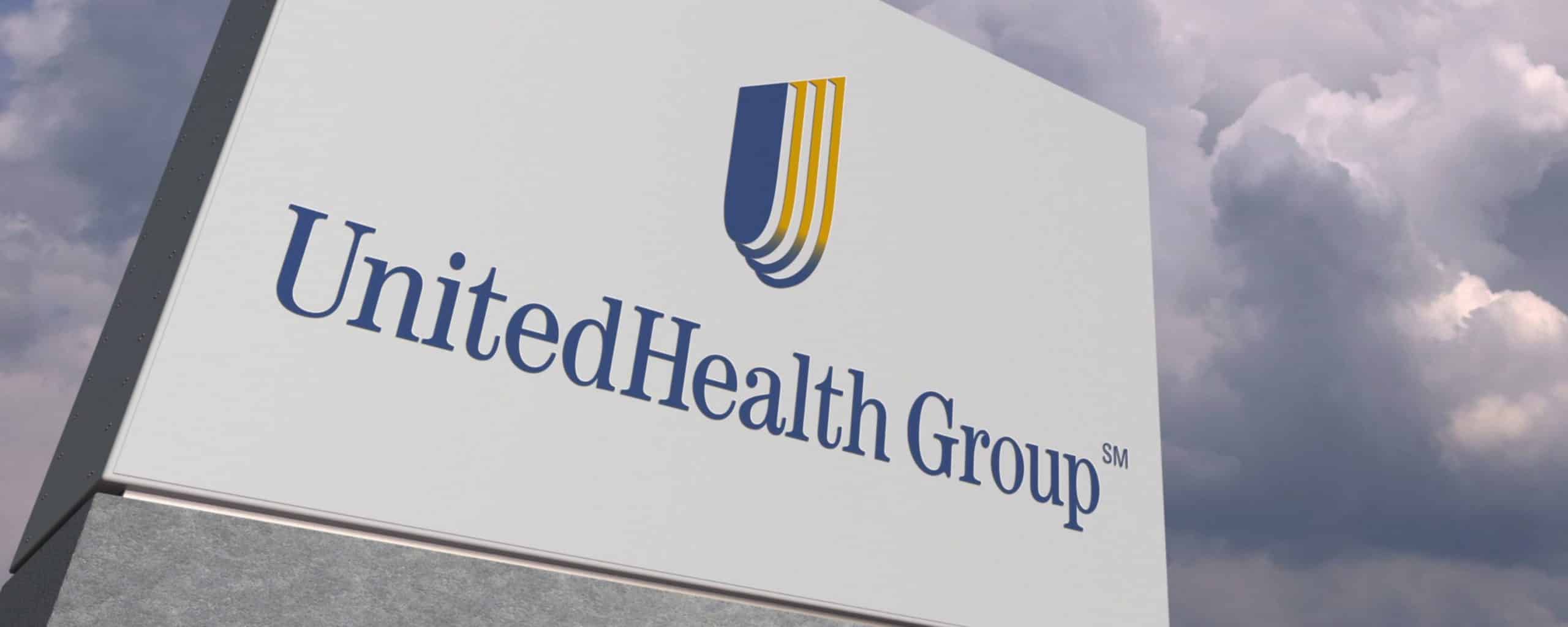As tends to be the case each earnings season, UnitedHealth Group (UHG) has been at the top of multiple headlines lately. Among them was a clear and insightful analysis from Dr. Nisarg Patel that outlined UHG’s strategy playbook as “the original full-stack healthcare company.” Despite the detail and insights he provided, I was left wanting more. It’s clear that with its Optum division, United has a new growth engine that is fueling its growth today, and will do so well into the future. But how did UHG do this, and why is it so effective?
Before I pose responses to these questions, let’s set a foundation of UHG’s presence in health care. In 2021, UHG’s revenues were just shy of $290B. In the market for its core business, health insurance, UnitedHealthcare (UHC) is the largest private (i.e., non-governmental) payer. In 2020, they controlled 14.4% of the market. The next largest payer behind them was Anthem (now known as Elevance Health), at 9.1%.
While insurance is its original core business, this is no longer what fuels most of UHG’s growth. Optum does this instead. In Q2 of 2022, Optum’s revenue grew 18% year over year, predominantly driven by value-based agreements, while UnitedHealthcare’s revenue grew by 12%.
Optum is made up of multiple business lines: Optum Health (care delivery), Optum Insights (data, analytics, consulting, and technology services for providers, payers, and life sciences companies), and Optum Rx (pharmacy benefits manager). Optum Health currently employs over 53,000 physicians, making them the largest employer of doctors in the nation. Its care delivery market presence, which serves 100 million consumers, makes Optum a formidable competitor for incumbent provider organizations. And they compete not just for patients, but also for providers themselves.
What other assessments of UHG misdiagnose
While they are both insightful and accurate, most analyses of UHG’s prowess are incomplete. They tend to focus on UHG’s strategy and profit model. A key component of the profit model is the revenue flywheel that allows UHG to turn UnitedHealthcare’s expenses into Optum’s revenue. In this flywheel, a portion of what UHC pays out in claims for its members’ medical services are collected by Optum as revenue for the primary and specialty care they provide to UHC’s members. So, while UHG’s strategy and profit model are critical to its success, they don’t tell the whole story.
The missing factor is in how UHG structured its Optum business. When discussing the profit model, many analysts note that UHG separates the financial reporting of UnitedHealthcare and Optum. While true, that is a symptom of success, not the root cause. The root cause is that they set up Optum as a separate, autonomous business within the UHG corporation. And by doing so, they allowed Optum to create its own resources, processes, and profit formula to differ from those in the core business of insurance provision.
Let’s do a quick aside on why business model structure is important. Earlier this year, I wrote more extensively about it here. In brief, business models define what organizations can and can’t do, and which innovations they will pursue. A business model is made up of four interlocking elements that, when taken together, create and deliver value. The elements are value proposition, resources, processes, and profit formula/priorities. Once organizations determine how to bring in the revenue they need to survive, business model components become increasingly interdependent and resistant to change, especially in successful organizations. The ways in which the four components reinforce one another makes the business model highly interconnected, and thus more challenging to alter the longer it exists. UnitedHealthcare was founded in 1977, so its core business model is now highly interdependent and resistant to change.
By allowing Optum to function as its own, fully autonomous, and separate business, it is able to serve entities beyond the parent company. For example, Optum serves hundreds of health plans. So while some of the MLR that UnitedHealthcare pays out is retained through its Optum services, Optum is not restricted to only serving UnitedHealthcare and its members. As Dr. Patel called out, 44% of Optum Health’s revenue comes from other insurers. If UHG had not separated Optum from its core business, this outcome would have been unlikely due to the entrenched priority of the core organization: maximizing profits and market dominance of its insurance arm.
Business model separation provides the autonomy and control required to fuel new growth in a tangential business that requires a new business model different from the original one.
What incumbents can learn from this approach in the shift to value
UHG is a competitor for existing provider organizations, so why does the reason for their success matter to incumbents? It matters because they can learn from UHG’s approach.
As today’s health care leaders seek to develop a business model that can succeed in a value-based world, they must separate it from the core business of fee-for-service-driven care provision. One cannot deliver a new value proposition from within an old business model. As a result, a new growth engine for the company must be separated from the core business model.
And just as UHG’s separation of financial reporting for Optum and UnitedHealthcare is a symptom of success, not the root cause, provider organizations must remember that to drive viability in the future, they need change beyond the profit formula. They need to redesign their entire business model.
Just as UHG did by creating a separate entity for Optum, achieving new growth is possible. It might not be easy, but it is possible.


